Have you ever stared into those big, mysterious feline eyes as your cat lets out a meow and thought, “Aww, they just want some attention”? Well, here’s a shocker: that sweet sound might not mean what you think at all. Cat lovers everywhere are convinced they understand their furry companions, but recent research and real-life stories reveal that the humble meow hides a world of secrets. Buckle up, because we’re about to dive into the wild, weird, and sometimes hilarious world of cat communication. You might never look at your talkative tabby the same way again.
The Many Faces of the Meow

To the untrained ear, a cat’s meow might sound the same every time, but anyone who’s lived with a feline knows that’s not true. Cats have a surprising range of meows, from plaintive wails to playful chirps. Each variation carries its own meaning, and even the same cat will use different tones depending on their mood. Some meows are long and drawn out, as if your cat is trying to tell you a dramatic story. Others are short and sharp, almost like a quick question. It’s not just about volume or pitch—context matters, too. A meow at the front door means something very different from one at 3 AM beside your bed. Cats are clever actors, switching up their vocal performances to suit the moment.
Not All Meows Are Requests for Food

Many people assume that meowing equals “feed me,” but cats are far more subtle than that. While it’s true that a hungry cat might meow at their food bowl, not every vocalization is a demand for dinner. Sometimes, a meow is just a greeting, like when you walk in the door after a long day. Other times, your cat might be expressing boredom or simply acknowledging your presence. There are even cases where cats meow when they’re anxious, seeking reassurance from their humans. So next time you hear that familiar sound, take a moment to consider what your cat is really trying to say.
Meowing: A Language Created for Humans

Here’s something mind-blowing: adult cats rarely meow at each other. Kittens meow to their mothers, but as they grow up, cats communicate with each other using body language, hisses, and growls. The meow, it turns out, is a language cats developed just for us. It’s their way of bridging the communication gap with humans, almost like they’re learning our language. So when your cat meows at you, it’s not just a random noise—it’s a carefully crafted message designed to get your attention.
Every Cat Has Their Own Dialect

Spend enough time with different cats, and you’ll notice that each one has a unique way of meowing. Some are chatterboxes, filling the house with constant commentary, while others are more reserved, speaking up only when absolutely necessary. It’s almost as if each cat develops their own dialect, influenced by their upbringing and their human family’s responses. If you’ve ever visited a friend with a cat and felt lost at what their feline was trying to say, you’re not alone. These differences make deciphering meows both fun and challenging.
The Myth of the Manipulative Meow

There’s a common belief that cats meow just to manipulate us, especially when it comes to treats or attention. While it’s true that some cats learn which sounds get results, the reality is more complicated. Meowing is often a way for cats to express genuine needs or emotions. Sure, they might figure out that a particular whine leads to an extra snack, but more often than not, they’re simply trying to communicate. It’s a two-way street—cats meow, and we respond, creating a feedback loop that shapes their vocal habits.
Meows That Signal Distress

Not all meows are friendly or playful. Sometimes, a cat’s meow is a cry for help. If your normally quiet cat starts vocalizing loudly or in a different tone, it could be a sign of pain, fear, or illness. Elderly cats, for example, may meow more if they’re confused or uncomfortable. It’s important to pay attention to changes in your cat’s vocal behavior, as these can be early warning signs that something isn’t right. Never ignore a sudden change in your cat’s meowing—it could be their only way of asking for help.
The “Nighttime Meow” Mystery
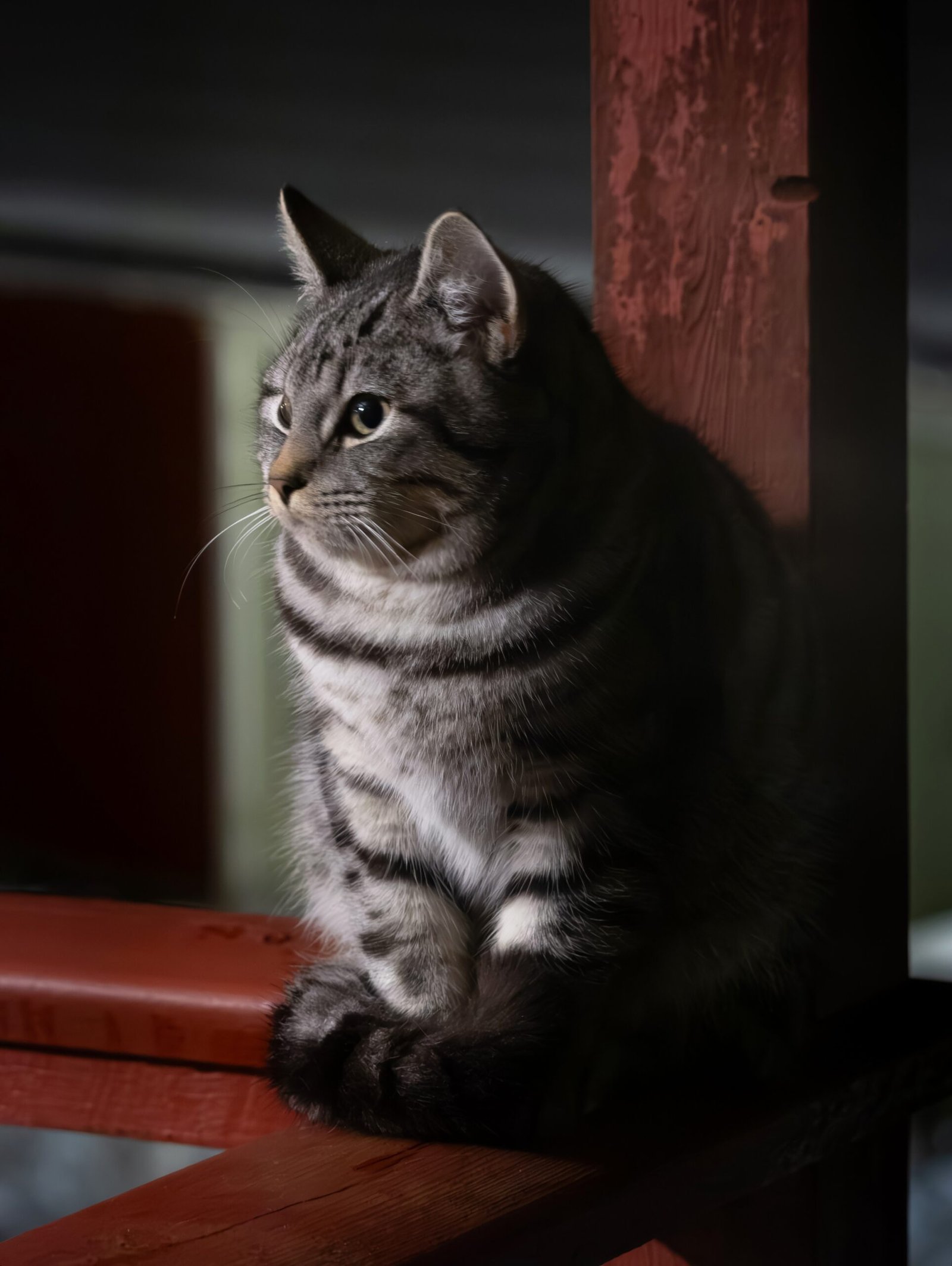
Few things are as puzzling—or as irritating—as a cat who decides to sing the song of their people at 2 AM. This nighttime meowing isn’t always about hunger. Sometimes, it’s a result of pent-up energy, loneliness, or even a desire to hunt imaginary prey. Cats are crepuscular by nature, meaning they’re most active at dawn and dusk, which might not match up with your sleep schedule. Creating routines, providing enrichment, and offering cozy sleeping spots can help reduce those midnight serenades.
Greeting Meows: The Feline Hello

If your cat greets you at the door with a cheerful meow, consider yourself lucky. This is your cat’s way of saying, “Welcome home!”—a vocal handshake, if you will. Some cats become especially chatty when their favorite person returns, expressing excitement or simply acknowledging your presence. These greeting meows are usually short and sweet, and you might notice your cat’s body language is relaxed and friendly when they make this sound. It’s their version of a happy dance.
Attention-Seeking or Just Checking In?
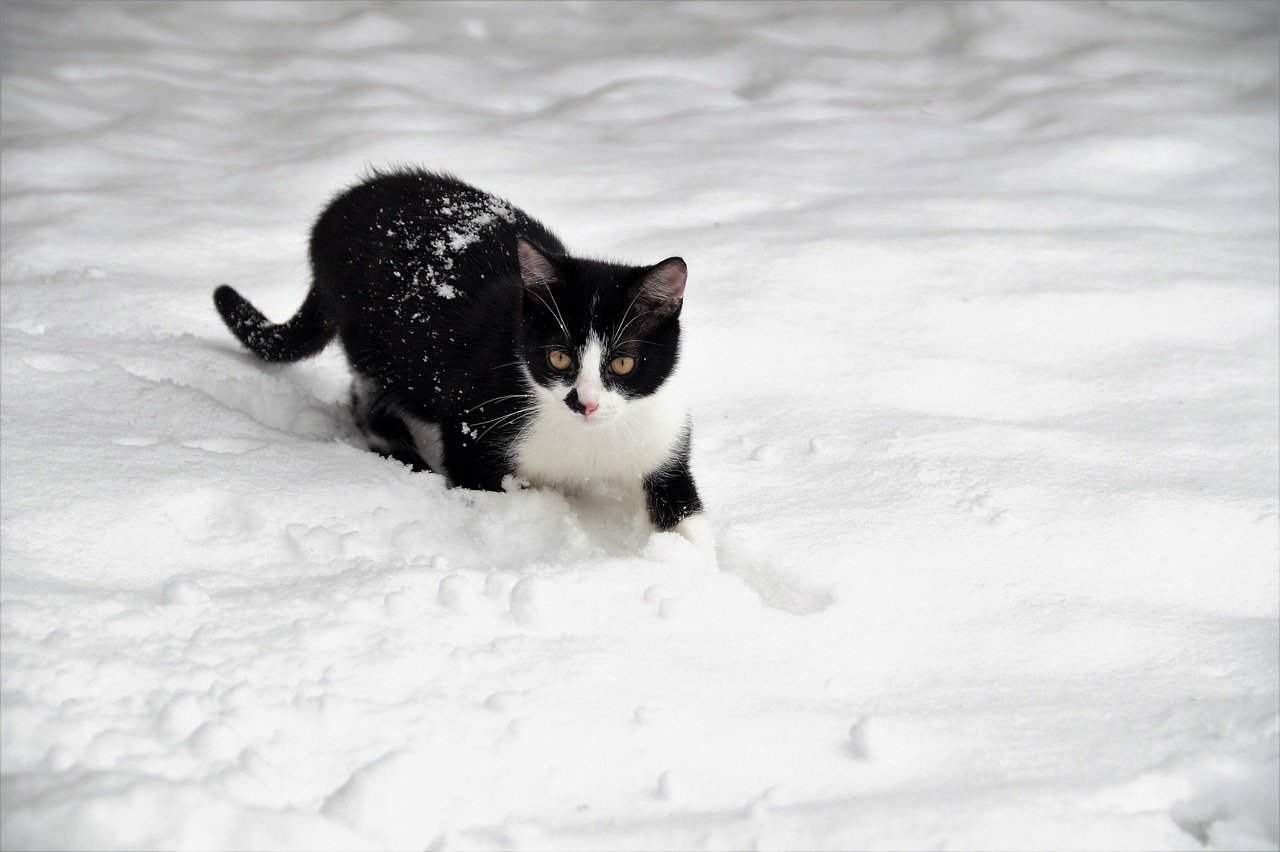
Sometimes, a cat’s meow is less about demanding attention and more about making sure you’re still there. Cats form strong bonds with their humans, and some become anxious if they can’t find you in the house. A soft meow from the hallway might be a simple “Where are you?” In these moments, responding with a gentle word or a quick pet can reassure your cat and strengthen your bond. Think of it as a check-in from your furry friend.
Playful Meows and Chirps
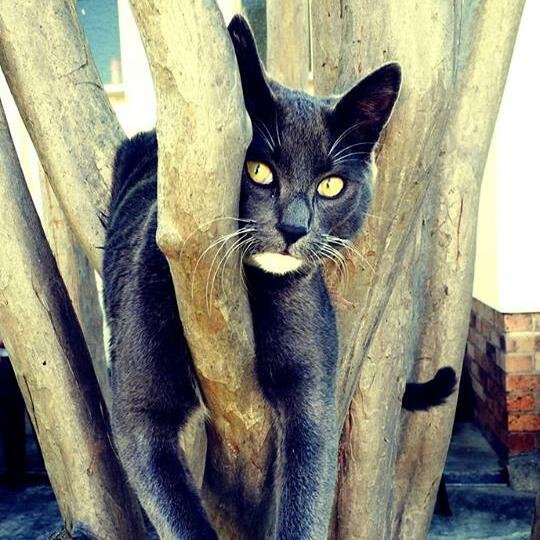
Cats don’t just meow—they chirp, trill, and even make bird-like sounds, especially when they’re in a playful mood. You might hear these noises when your cat is watching birds through the window or pouncing on a favorite toy. Playful meows tend to be shorter, higher-pitched, and often accompanied by bursts of energy. These sounds are signs that your cat is feeling happy and engaged. Joining in with a toy or a game can make these moments even more fun for both of you.
The Silent Meow Conundrum

Have you ever seen your cat open their mouth as if to meow, but no sound comes out? This “silent meow” is surprisingly common and endlessly endearing. No one is entirely sure why cats do this, but some experts think it’s a gentle request or a way to get your attention without being too loud. It might also be a leftover from kittenhood, when silent meows were used to communicate with their mothers. Whatever the reason, it’s hard not to smile when your cat gives you a silent serenade.
Meowing as a Sign of Aging

As cats get older, their communication habits often change. Senior cats might meow more frequently, sometimes out of confusion or disorientation. Cognitive decline, hearing loss, or discomfort can all lead to an increase in vocalizations. If your older cat suddenly becomes more talkative, it’s worth discussing with your vet to rule out medical issues. Sometimes, a little extra comfort and routine can help soothe an aging feline’s worries.
Breed Differences in Vocalization
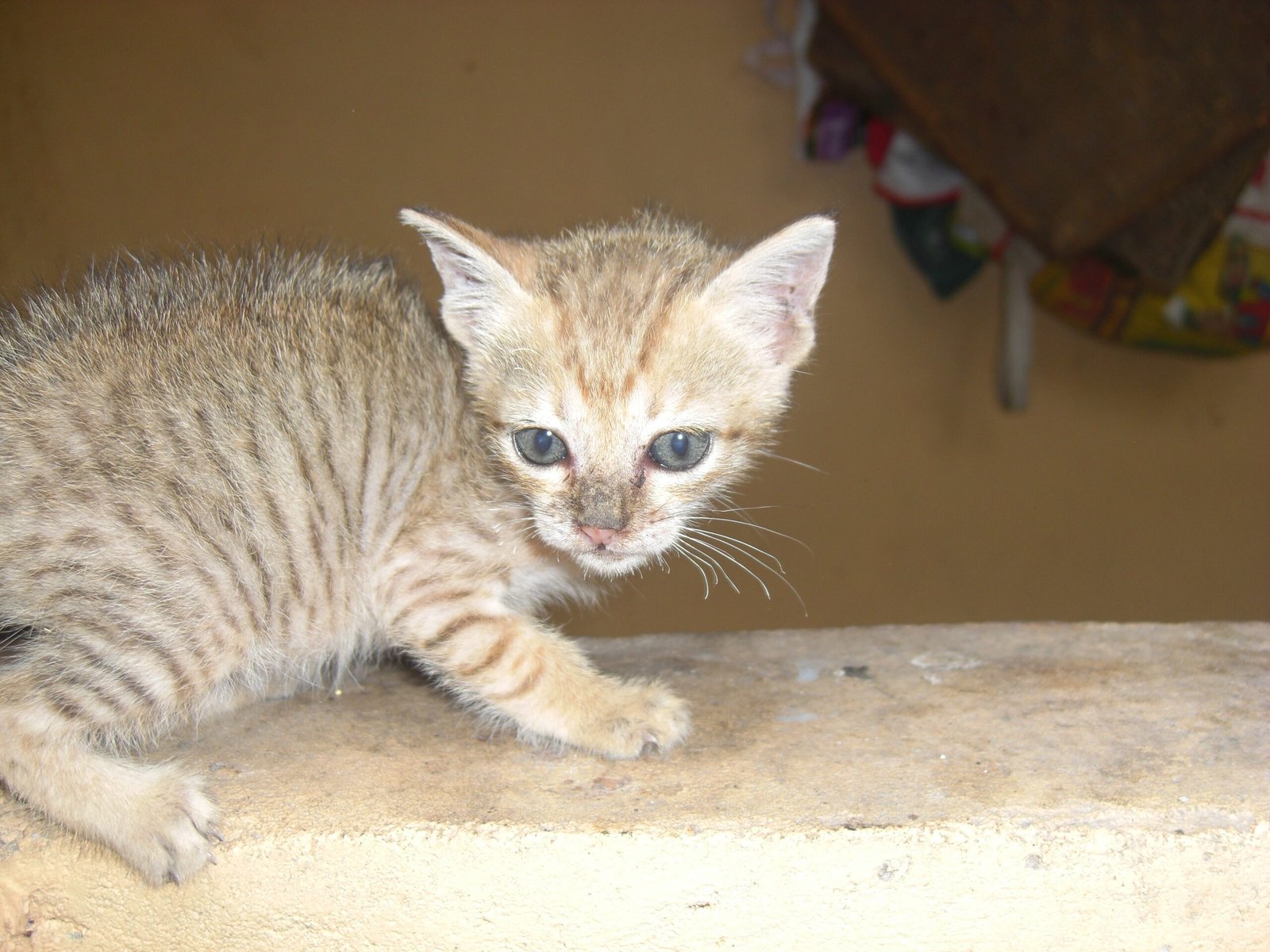
Not all cats are created equal when it comes to vocalizing. Some breeds, like Siamese and Bengals, are famous for their chatty nature, filling the room with constant conversation. Others, such as the Russian Blue or the British Shorthair, tend to be quieter and more reserved. Knowing your cat’s breed tendencies can help you understand whether their meowing is typical or out of the ordinary. But remember, every cat is an individual, and personality often trumps breed stereotypes.
Mother-Kitten Communication
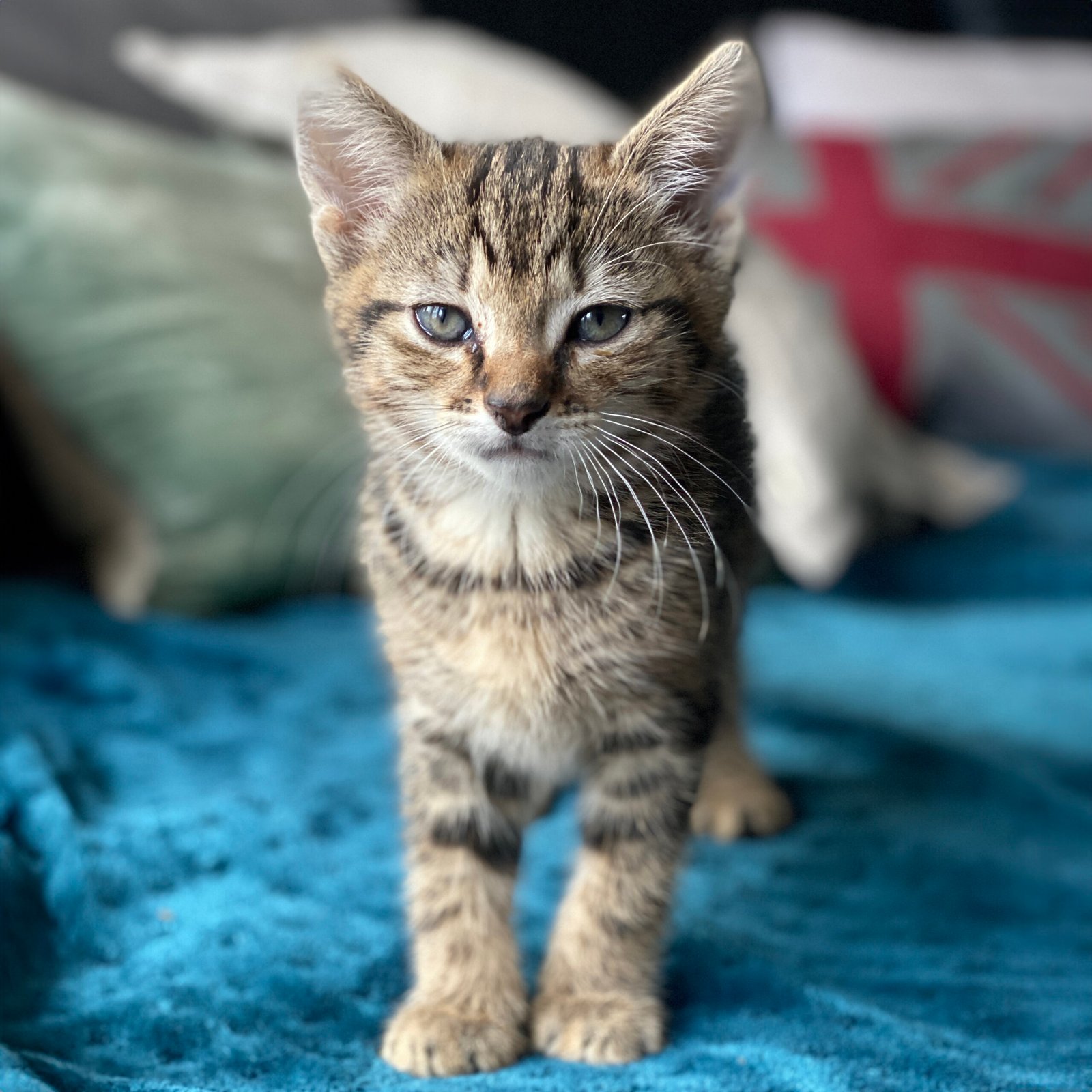
Kittens meow constantly to communicate with their mothers, especially during the first few weeks of life. These mews signal hunger, discomfort, or a desire for attention. Interestingly, mothers respond to these cries with their own vocalizations, creating a two-way conversation. As kittens grow, they gradually use meowing less with other cats but continue to use it with humans, adapting their baby talk to communicate with us.
Body Language and the Meow
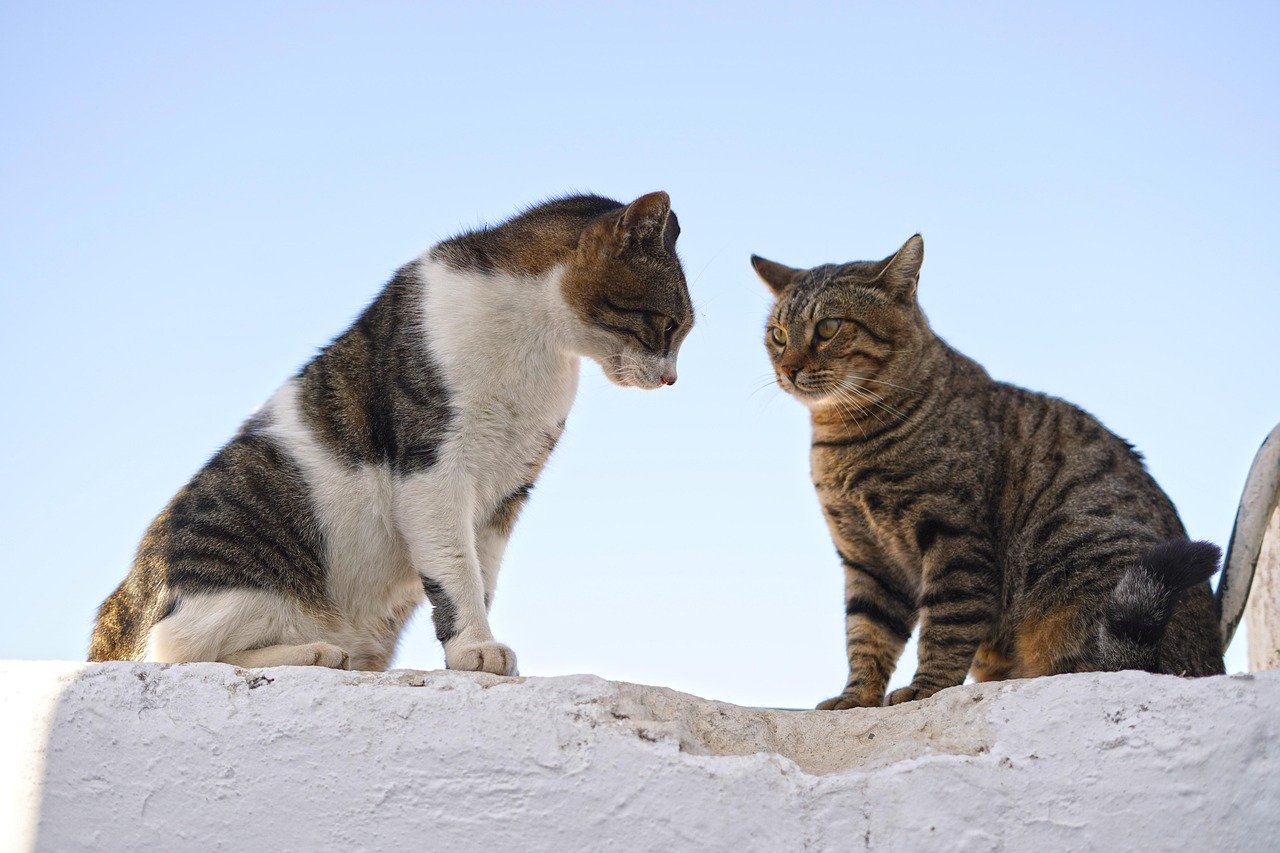
A cat’s meow is only part of the story—body language plays a huge role in communication. The position of their ears, tail, and whiskers can tell you a lot about what your cat is feeling. A relaxed body and a soft meow likely mean your cat is content, while a tense posture and loud vocalizations may signal stress. Paying attention to both the sound and the physical cues can help you interpret your cat’s true message more accurately.
When Meowing Becomes Excessive

Excessive meowing can sometimes be a sign that something isn’t quite right. Changes in environment, new family members, or even boredom can lead to a spike in vocalizations. If your cat suddenly becomes much more vocal than usual, it’s important to consider both physical and emotional factors. Consulting with a vet or feline behaviorist can help get to the root of the issue and restore peace and quiet to your home.
The Role of Environment and Routine
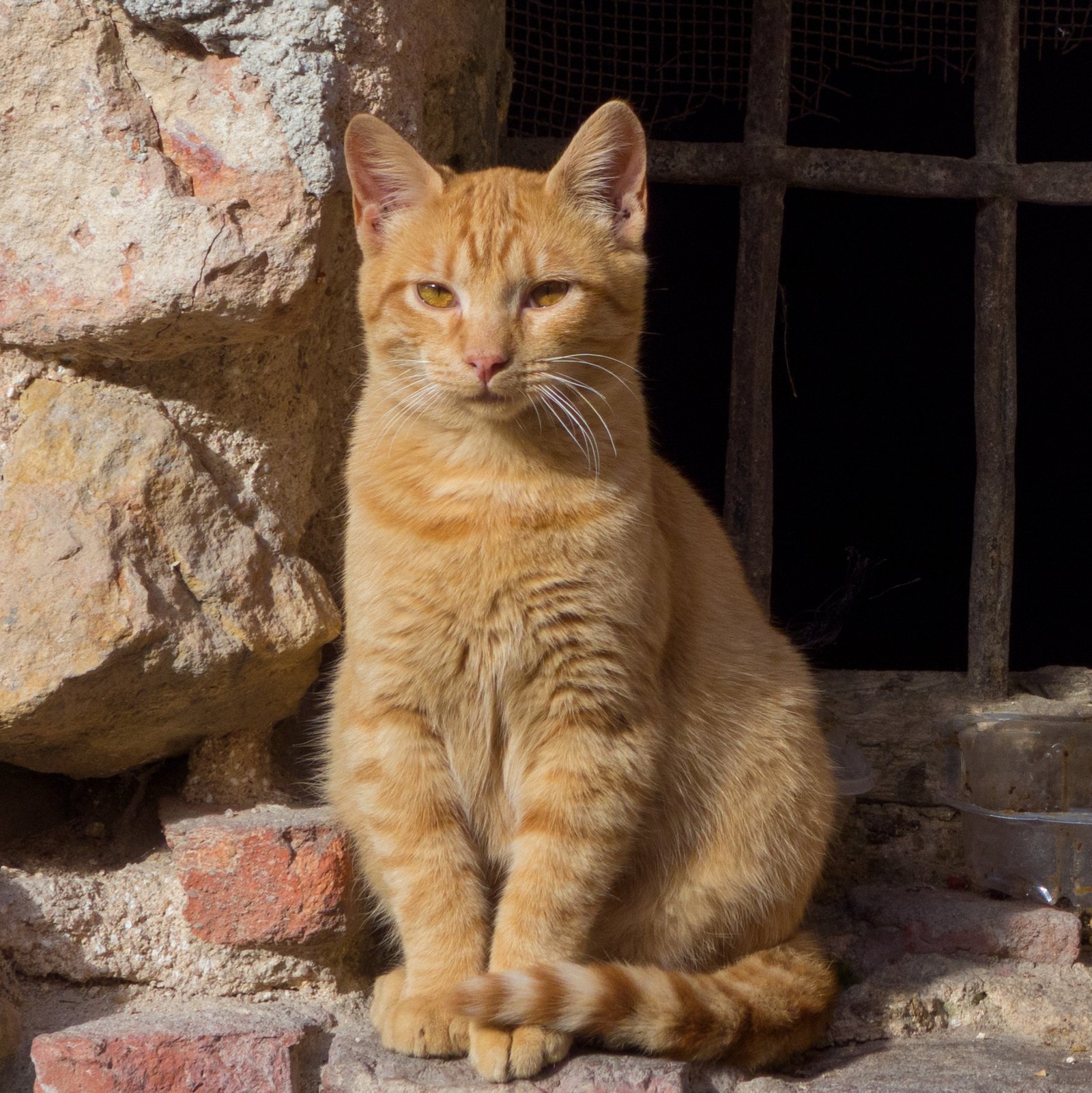
Cats are creatures of habit, and changes in their routine can trigger more meowing. Moving to a new house, rearranging furniture, or introducing new pets can all make your cat feel uneasy. Establishing predictable routines, such as regular feeding and play times, can provide comfort and reduce anxious vocalizations. A calm, stable environment helps your cat feel secure and less likely to meow out of stress.
Responding to Your Cat’s Meows
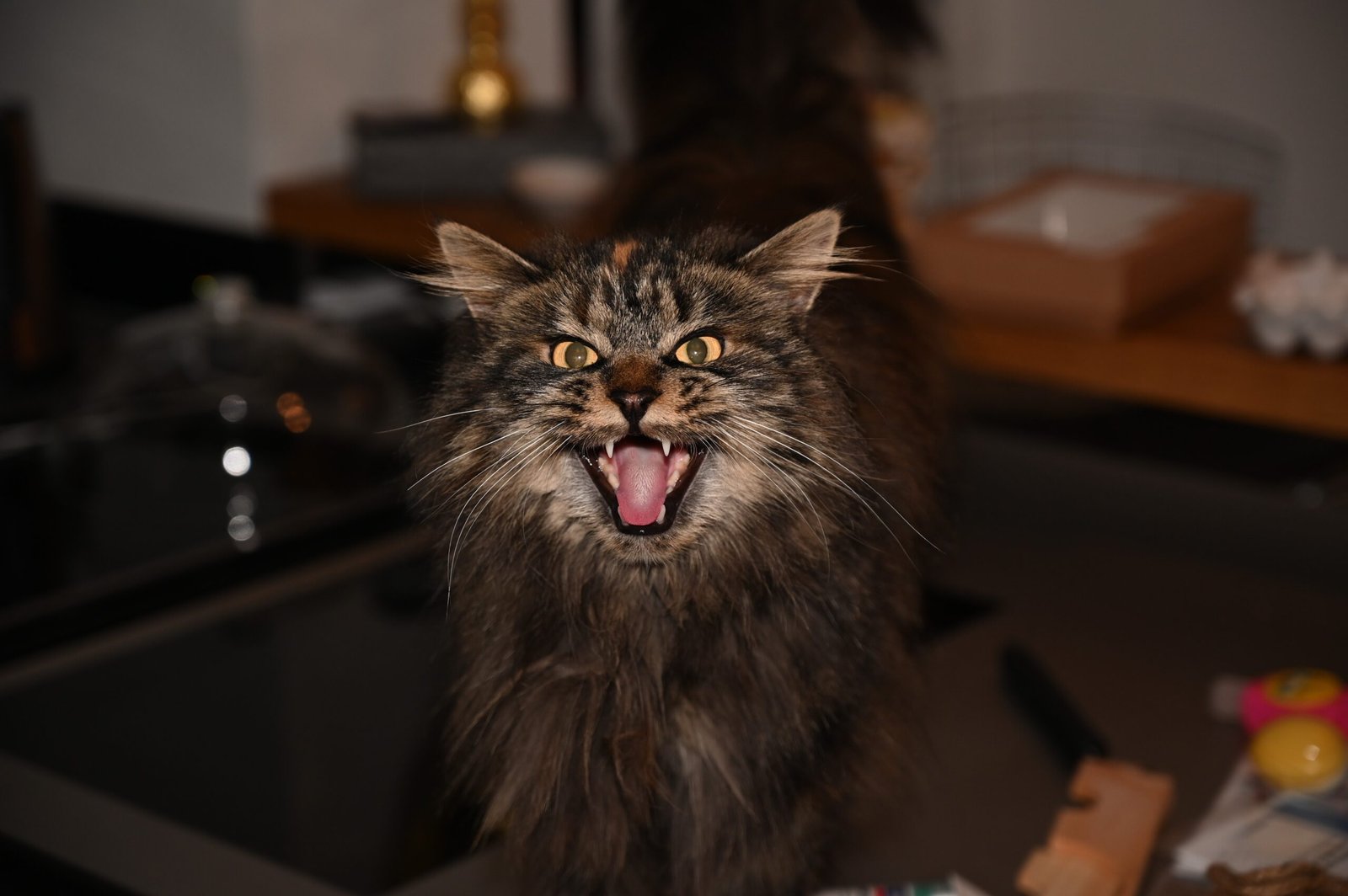
How you respond to your cat’s meows can shape their future behavior. If you always give a treat when your cat meows, they’ll quickly learn to associate the sound with rewards. On the other hand, ignoring meows that are purely attention-seeking can teach your cat to be quieter. Striking a balance between meeting your cat’s needs and not reinforcing unwanted behavior is key. Sometimes, a gentle word or a quick pet is enough to satisfy their need for connection.
Medical Reasons Behind Meowing
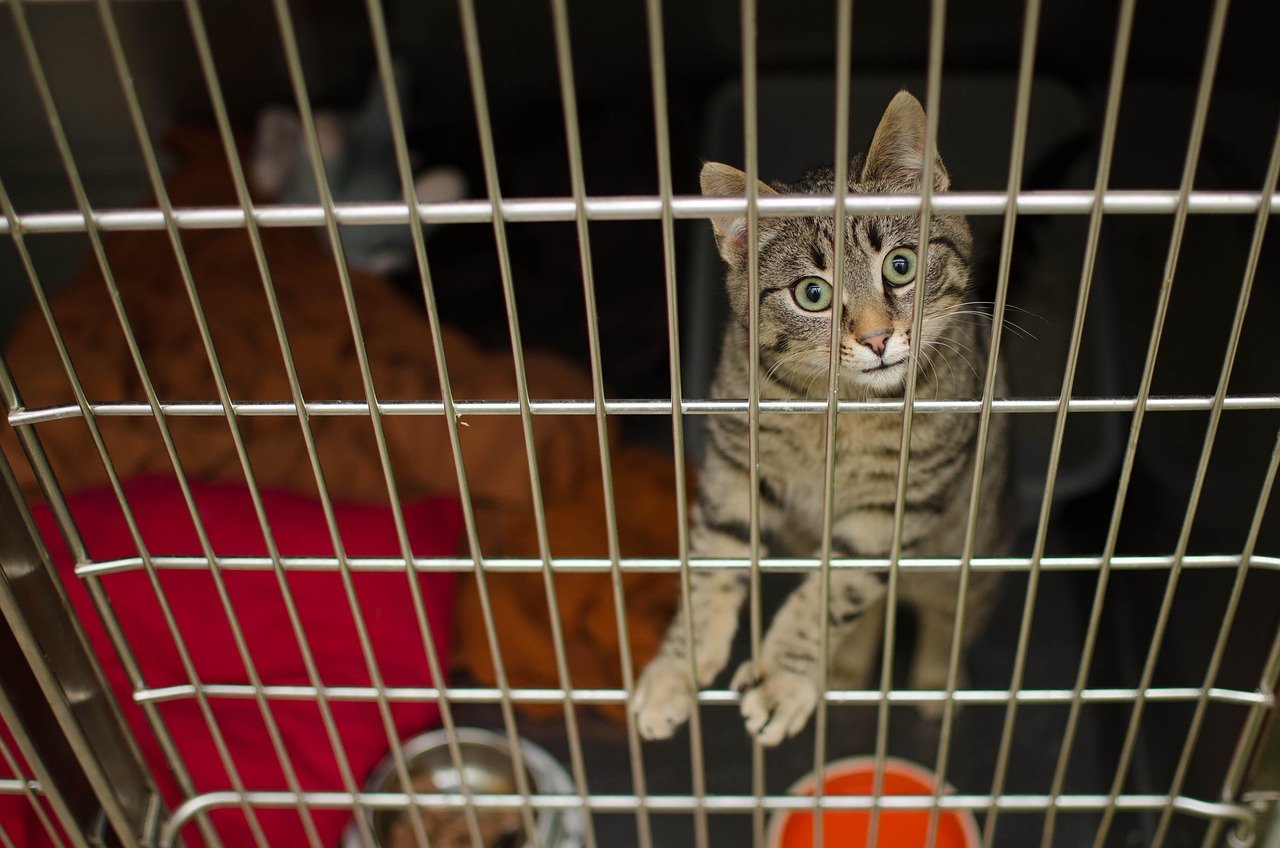
Sometimes, persistent meowing can be a sign of underlying health issues. Conditions like hyperthyroidism, high blood pressure, or urinary tract infections can all cause cats to vocalize more than usual. If your cat’s meowing is accompanied by other symptoms, such as changes in appetite or litter box habits, it’s time for a visit to the vet. Don’t ignore these vocal cues—your cat might be telling you something vital about their health.
The Future of Feline Communication
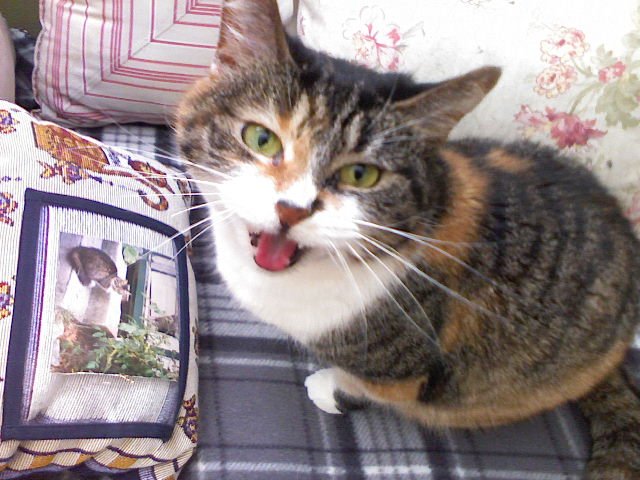
With advances in technology, some experts are working on translating cat vocalizations using artificial intelligence and sound analysis. Imagine a world where you could use an app to understand what your cat is trying to say! While we’re not quite there yet, ongoing research is revealing more about the complexity of feline communication. As we learn more, our relationships with our cats will only deepen, helping us become better companions to our mysterious, meowing friends.
Learning to “Speak Cat”

The more time you spend with your cat, the better you’ll become at understanding their unique language. Every meow, chirp, and trill is a clue to what your cat is feeling or needing in the moment. It’s a bit like learning a new language—one that’s full of quirks, surprises, and a lot of personality. So next time your cat meows, listen closely. You might just discover a whole new world of meaning hidden in that familiar sound.
Hi, I’m Bola, a passionate writer and creative strategist with a knack for crafting compelling content that educates, inspires, and connects. Over the years, I’ve honed my skills across various writing fields, including content creation, copywriting, online course development, and video scriptwriting.
When I’m not at my desk, you’ll find me exploring new ideas, reading books, or brainstorming creative ways to solve challenges. I believe that words have the power to transform, and I’m here to help you leverage that power for success.
Thanks for stopping by, Keep coming to this website to checkout new articles form me. You’d always love it!





